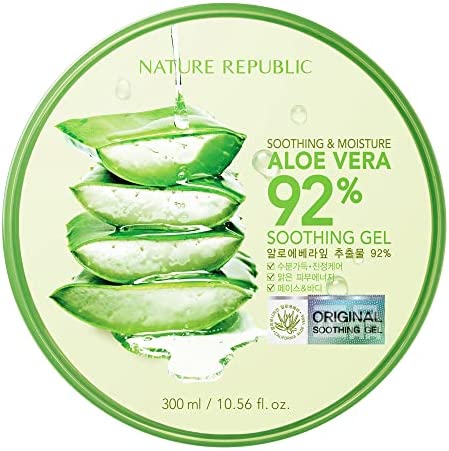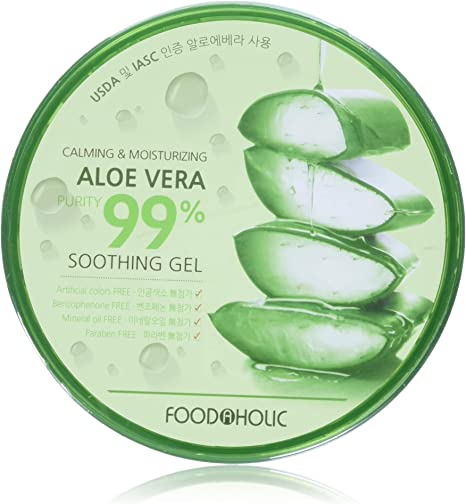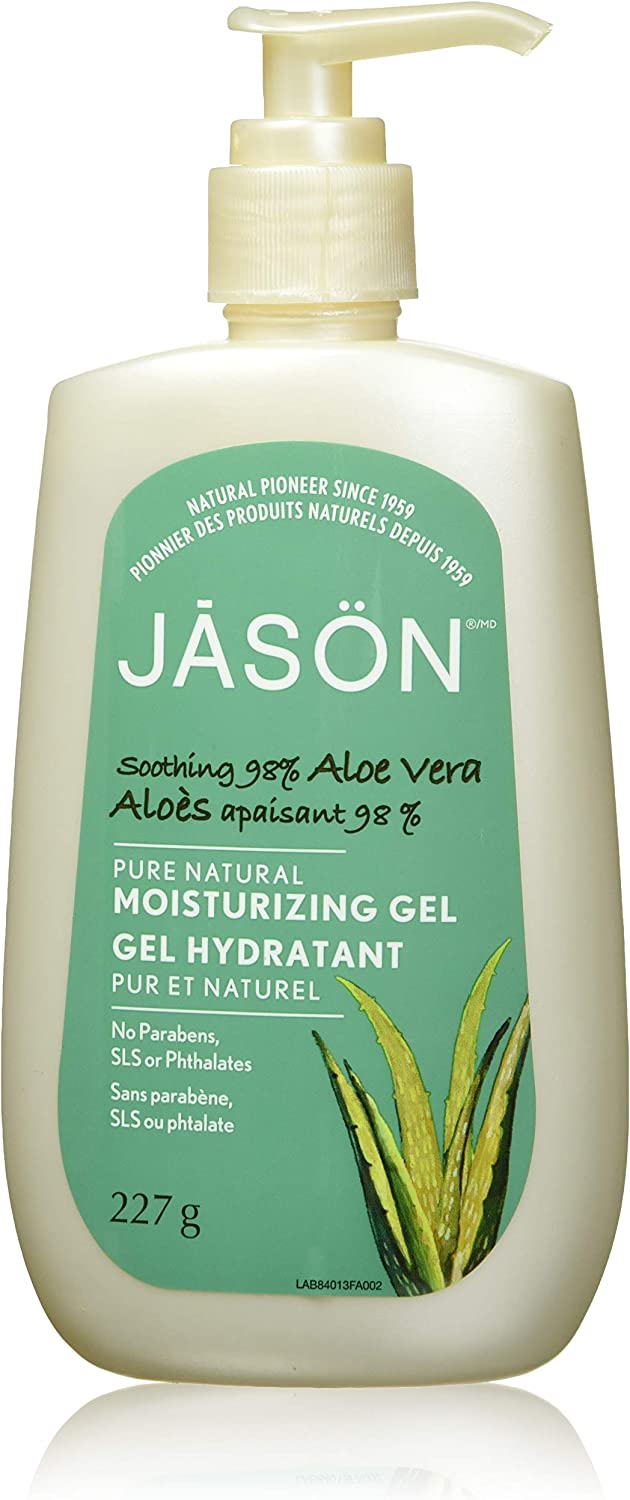Aloe vera is an attractive plant with skin-healing properties that is well-liked throughout the world. However, if your aloe plant’s leaves have suddenly begun to turn purple, why is this happening now, and what are the causes? I will discuss this because I have an aloe plant in my home, and it does have an impact from climate change as well as other issues since no plant is immune to all problems. Let’s investigate.
Table of Contents
Why did my aloe plant turn purple?
Climate factors, including stress from temperature changes, food deficiencies, and other factors, can cause aloe plants to turn purple. Aloe plants develop purple-colored leaves. This indicates that the plants are unhappy and may be caused by excessive sunlight, a move, or overwatering, underwatering, etc. Give them ample sunlight and a good area to put them in order to correct the purple tint.
Although the aloe plant’s purple hue is attractive, it can harm the plant’s growth and leaves. As you may already be aware, leaves are what plants use to produce food, thus they should be green. Although purple foliage that has already developed cannot be reversed, the aloe plant can be brought back to life with enough attention.
Let’s investigate the causes of my aloe plant’s purple coloration.
1. Too much Sunlight
Aloe vera’s leaves turn purple from sunburn when exposed to excessive sunshine. Aloe vera is often grown in indirect light, but when exposed to light during the day when it is hot outside or during the winter when it is too cold, it exhibits symptoms such as losing its original green hue and changing to a purplish greenish color.
Aloe vera frequently gets sunburned during the summer because of the heat, and when it loses too much water, the leaves dry out and turn brown.
In the winter, the aloe plant slows or ceases growing and maintains a dormant state, which prevents it from producing food through photosynthesis. This temporarily alters the pigmentation and color of aloe plants.
You might also observe that aloe plants have hues like purple, red, brown, purple brown, and purple grey as a result of a reduction in food production, a condition linked to excessive exposure to sunlight. The ideal position for your plant should be determined by checking its current location.
Moving the aloe plant pot to a different location with partial shade or making sure your plant only receives a few hours of sunlight each day will help you solve the problem of your aloe plant’s purple leaves. Aloe vera’s leaves is harmed by direct sunshine, which can cause greater damage with each passing day until the plant itself is moved to a more favorable place. The original hue of the plant is diminished by direct sunshine and may be changed to purple, brown, or yellow.
Some people grow this plant in the partial shade provided by cypress trees and other bushes so that the aloe plant receives light in the morning, which is ideal for foliage growth.
When you move your plant, water it and check every three to four days to see if the water has dried from the soil before adding more water. Wait a few days, and you might see the green leaves returning.
2. Cold Weather
Stress from the bitter cold is the second most frequent cause of purpleing of aloe vera leaves. Use a tiny heater indoors, if it is put within the house, to treat purple leaves on aloe plants throughout the winter. However, switch the heater off once the room warms up or reaches the ideal temperature of 60 to 80 degrees F. Frost blanket can be used to protect your plant and preserve its leaves.
The best way to fix an aloe plant with purple leaves is to move the plant’s pot back and forth. By doing this, you will give the aloe vera a few hours of morning sunlight before setting it back in its original location. You can also give the plant relief at night by placing a small heater there, but this is not necessary if you move the plant every day.
In higher zones, I’ve read that some younger succulents didn’t survive severe frost, and some palm trees even get harmed by it, so our little aloe plants have a choice to recover with the right care. Cold weather can affect not only aloe vera but most succulents, and some might freeze.
3. Different temperature can lead to aloe vera purple leaves
You never know when the climate will shift over night, killing some plants while allowing others to withstand the frost. This could be why aloe vera becomes purple.
Some plants may not receive any sunlight during the cold, which allows them to survive without producing any nourishment through photosynthesis. As you may know, chlorophyll gives aloe vera its green color, but without light, the plant cannot produce more food because it requires both light and chlorophyll to produce food.
When the temperature drops below zero, the growth stops since no more food can be produced at that time, which causes the loss of pigmentation and drooping of the leaves. Green color fading and the appearance of another color are symptoms. If it is under stress from a drop in temperature, it may seem brown, yellow, pink, or purple.
You should not grow succulents like aloe vera below 50 degrees Fahrenheit as it may cause leaf drops and other issues like pigmentation loss. Succulents like aloe vera can grow well around 60-80 degree Fahrenheit.
4. Transplant Shock
Aloe vera spreads and expands when it is grown for a long time in the same pot, but eventually you will need to move it to a larger container. In addition, it needs new soil because the old potting mix lacks nutrients. Every one to two years, new soil is required because over time, soil nutrients seep out or are consumed by plants, reducing potential fungal illnesses.
Since plants are not accustomed to this soil and it takes time for their roots to set up and cling to the base of the plant, when you move the aloe to a new pot it experiences shock that may cause its leaves to turn purple. However, with some care and partial sunlight, the aloe will recover.
The ability of the leaves to combine with light to make food is lost if they turn brown. This may prevent the leaves from absorbing water, but eventually, the water will be returned to the aloe plant’s various components.
By providing the plant care and water, that will be enough to resolve the purple aloe vera problem caused by the transplant. This just causes a stop in the plant’s growth, which it may resume in a few days. The plant is not killed by this.
Giving your aloe plant water and sunlight can help it recover from its possible return to green after its purple phase. If this is the case with your aloe vera, all you need to do is what you normally do.
5. Nutrients deficiency
Using fertilizer or a mixture rich in nutrients may be able to rescue the plant in many cases where plants lose their color because to nutrient deficiencies.
Aloe vera plants exhibit symptoms like purple leaves when there is a phosphorus deficit, which is caused by low levels of phosphorus in the soil. Your soil may have all three nutrients, but if one of them is depleted, the pH becomes unbalanced, which has a long-term effect on plant growth.
This nutrient shortage is brought by by overwatering, nutrients escaping into the water, poor soil, or years of no soil alterations. Purple coloration of the leaves of aloe vera might result from reduced soil phosphorus levels.
While some outside plants may appear to curl and lose color, others may be growing more slowly and exhibiting leaf loss.
You can use organic matter or fertilizers high in phosphorus to treat the purple aloe vera leaves. You can also test the soil’s pH to determine whether it has an acidic or alkaline pH because aloe plants thrive in a pH range of 7.0 to 8.5, and their growth will be affected if it does not.
It is best to give your purple aloe vera rock phosphate because it can give your plant phosphorus and lessen the shortfall it is experiencing from low phosphorus. Because it just contains phosphorus and is simple to utilize, its N-P-K value is 0-3-0.
6. Wet Soil
The most frequent cause of plants not growing properly and the majority of leaves turning yellow, brown, or purple is overwatering, which causes the soil to stay overly wet for several days.
If your plant has moist soil, it is likely to develop root rot, which could result in a fungal infection and cause the noticeable signs of purple aloe vera leaves. If this problem is not resolved, your aloe plant could perish because root rot can kill any plant, not only succulents like aloe.
Aloe plants may need water more frequently than they do when planted in shadow or with little light if they are given a few hours of sunlight. To solve this overwatering problem, try scheduling the watering or always checking the soil before watering.
Additionally, make sure the soil in aloe vera pots is not constantly wet by inspecting the drainage holes. They shouldn’t need much water, but you still need to provide it once the soil has dried up and it has been two days. It should dry fully because they already have backup water stored inside the leaves.
We don’t water it every other day because it is succulent and regular watering is not advised.
SHOP -> Amazon Aloe Vera
Many people have questions about the gel version of this substance, so I’d like to address those as well for educational purposes.
Regarding aloe vera
| Family | Asphodelaceae |
| Scientific Name | Aloe barbadensis miller |
| Native | Arabian Peninsula |
| Other Names | Cape aloe,Aloe plant, Chinese aloe, Barbados Aloe |
| Plant Type | Perennial, Succulent |
| Hardiness zone | 4a to 8b |
| Grown | Pots, Containers, Gardens, |
| Height | 24-40 inches(50-101cm) |
| Growth rate | Slower |
| Soil | Well draining, Fertile |
| Light Requirement | Partial Sunlight, Full Sun(Can Tolerate) |
| Fertilizer | Liquid based |
| USDA hardiness | Zone 8 – 11 |
| Blooming Season | Summer |
| Flower Color | Orange, Red, Yellow |
| Leaf Color | Green, Spiky Shape |
| Growth Rate | Slow growing |
| Benefits | For Skin and Body |
| Uses | Cosmetics, skin creams |
| Toxicity | Mild toxic |
kinds of aloe vera
I’m only identifying the more well-known of the 400 or so species of aloe vera.
Why Is my aloe gel turning purple?
When the leaf gel is exposed to the environment, oxidation occurs, which triggers a chemical reaction that may give aloe vera its purple hue. Many fruits can oxidize as they become brown if left outside. You can resolve this problem by storing the aloe leaf in the refrigerator because cold temperatures can prevent bacterial infections and possibly lengthen the life of the leaf. Alternatively, you can use lemon juice in the aloe gel to preserve it for a week or two because lemon juice contains vitamin C, a natural preservative used in many products.
When it comes to leaves that turn purple while growing, as you may know, green color indicates the presence of chlorophyll; however, if normal food production is not occurring, the color will undoubtedly lighten and the leaf may turn purple due to environmental factors such as coldness or full sunlight, to name a few.
Can you use aloe vera when it turns purple?
Can I eat purple aloe vera?
Since you won’t know what purple aloe vera is, I do not advise eating it. It only changes color once the decomposition process begins, and once it gets purple, black, or brown, it is no longer edible. You shouldn’t eat purple aloe vera since any fungal or bacterial infection may cling to it and ruin its original form.
Despite being edible, it is frequently applied to the skin for sunburn recovery and healing in skin care products. If you’re interested in learning how I recovered my sunburned aloe vera plant.
Aloe vera gel turned purple in fridge?
No, aloe vera gel won’t turn purple if kept in the refrigerator. At room temperature, aloe vera leaves can undergo chemical reactions with their surroundings that result in the growth of bacteria that alter the color of the gel to brown, black, or purple.
Aloe vera juice or leaves can be kept in the fridge for a few days, but if they are not kept fresh, they will ultimately become purple or another color. Similar to other vegetables, they cannot be kept in storage indefinitely since, if not placed in a cold freezer, they will begin to deteriorate and lose their original quality.
Final Words
Leggy Aloe Vera: Fixing a Too-Long Stem and Repotting the Plant
What to do, when, and how frequently Does an Aloe Vera Flower Bloom?
Aloe plant that is wilting, limping, and not standing (8 Reasons & Solutions)
How to save an overwatered aloe plant and its symptoms (and Revive It)



